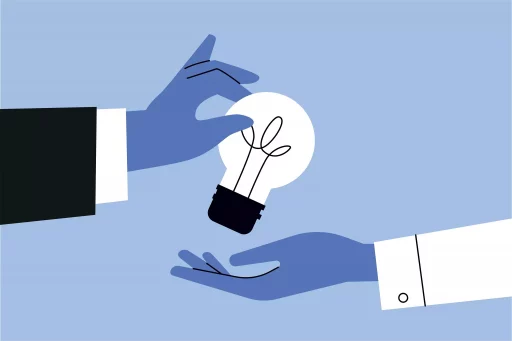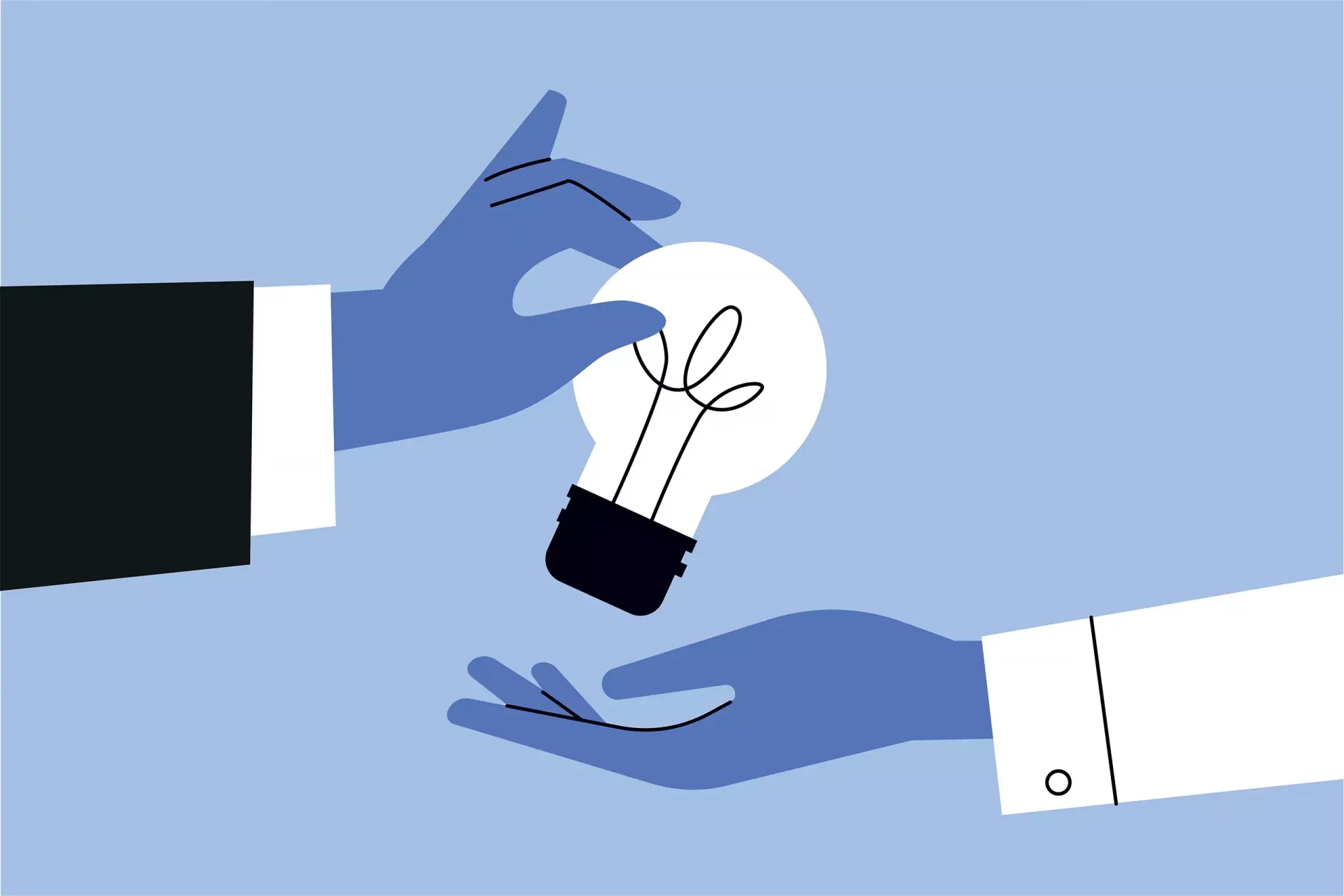What is Allusion?
Allusion is a figure of speech that references a person, place, thing, or idea of historical, cultural, literary, or political significance. Unlike a direct quotation or citation, an allusion is usually indirect, relying on the reader’s familiarity with the referenced subject.
Types of Allusions
Allusions can be categorized into several types, including:
- Literary Allusion: A reference to a work of literature, such as a novel, poem, or play.
- Historical Allusion: A reference to a significant historical event or figure.
- Cultural Allusion: A reference to cultural elements like music, art, or social phenomena.
- Religious Allusion: A reference to religious texts, figures, or themes.
The Purpose of Allusion
Allusions serve multiple purposes in writing and speech:
- To Enhance Meaning: Allusions can deepen the reader’s understanding of a concept or theme.
- To Create Connection: Drawing on shared knowledge helps to create a bond between the writer and the audience.
- To Evoke Emotion: References to famous texts or events can provoke feelings and stimulate the reader’s imagination.
Examples of Allusion
There are numerous examples of allusion in literature and everyday language:
- “He met his Waterloo” – This phrase alludes to Napoleon’s defeat, suggesting a significant downfall.
- “This place is like a Garden of Eden” – A reference to the biblical paradise, implying beauty and peace.
- “She has the Midas touch” – Alludes to King Midas, indicating someone who turns everything they touch into success.
- “To be or not to be, that is the question” – A nod to Shakespeare’s Hamlet, implying existential contemplation.
Case Studies: Allusion in Popular Culture
Allusions are prominent in songs, movies, and literature:
- Movies: In the film The Shawshank Redemption, the line “Get busy living or get busy dying” alludes to the theme of choice reminiscent of the Bible’s teachings.
- Music: Bob Dylan’s song “All Along the Watchtower” alludes to biblical imagery, enriching the narrative.
- Literature: In The Great Gatsby, F. Scott Fitzgerald alludes to the American Dream, highlighting its complexities and contradictions.
Statistics on Allusion Usage
The use of allusion is prevalent in literature and media. Statistics reveal that:
- Over 75% of high school literature texts utilize allusions, making it a crucial part of literature education.
- Studies show that 85% of readers can recall at least one allusion from popular literature, demonstrating its effectiveness in audience engagement.
Conclusion
Allusion is a powerful literary device that enriches language and communication. Its ability to reference widely known concepts allows writers and speakers to convey complex ideas concisely while engaging their audience. By understanding allusion, both writers and readers can appreciate underlying meanings and cultural connections.


